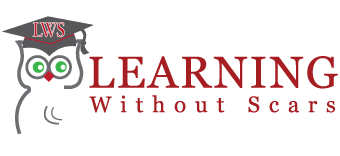Marketing is the process of identifying and satisfying customer needs. That process becomes impossible with the thousands and thousands of customers that you have in your assigned area of responsibility (AOR). As a result of that truth, it becomes important to be able to find out what the customer needs and wants, and then to be able to find common elements of their business that will allow you to group them with other customers of common needs and wants.
That is the aim of market segmentation. Market segmentation is the process by which marketeers divide potential customers into smaller groups that are looking for similar benefits from a product or service. The goal is to isolate a group that prefers these features and benefits, and to develop a sustainable differential advantage that satisfies their needs. All of the methods and processes that are required to perform this are covered in the class.
We cover the industrial focus, the individual demographics, and the psychographics. We also have to assess the dealer strengths and weaknesses, as well as reviewing the same strengths and weaknesses in the competition. All of this and much more is covered in this comprehensive program.
